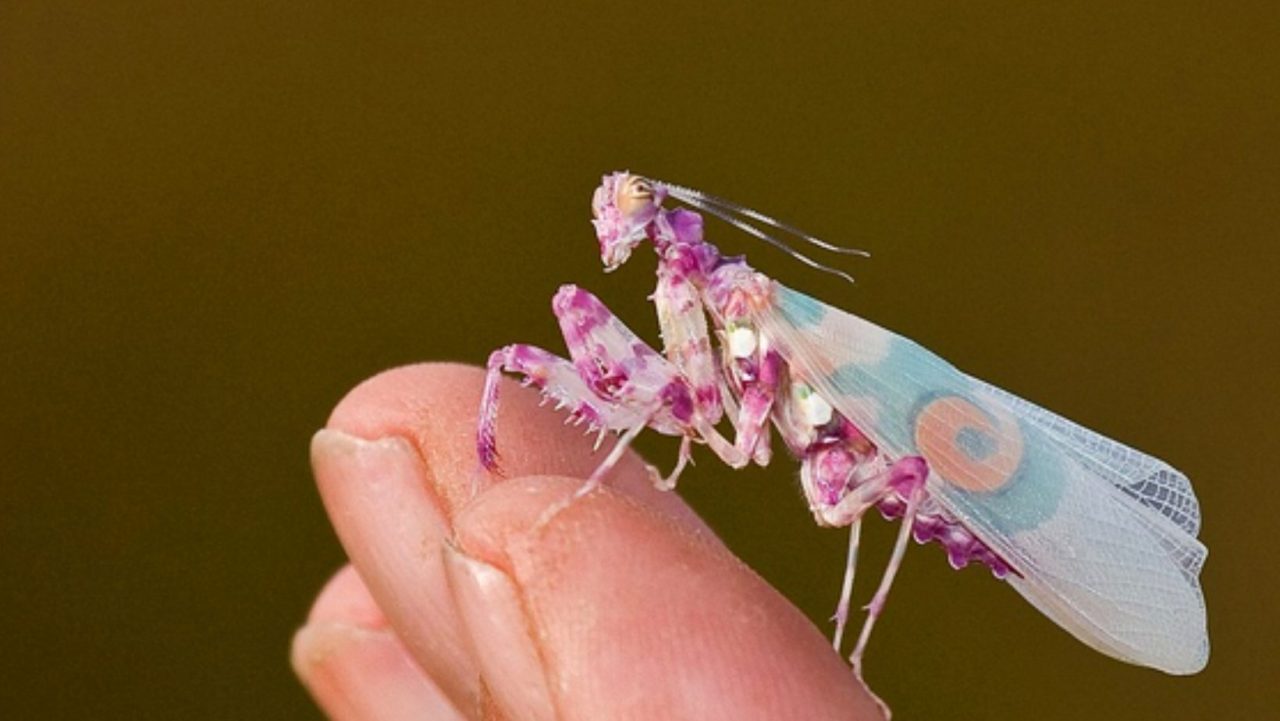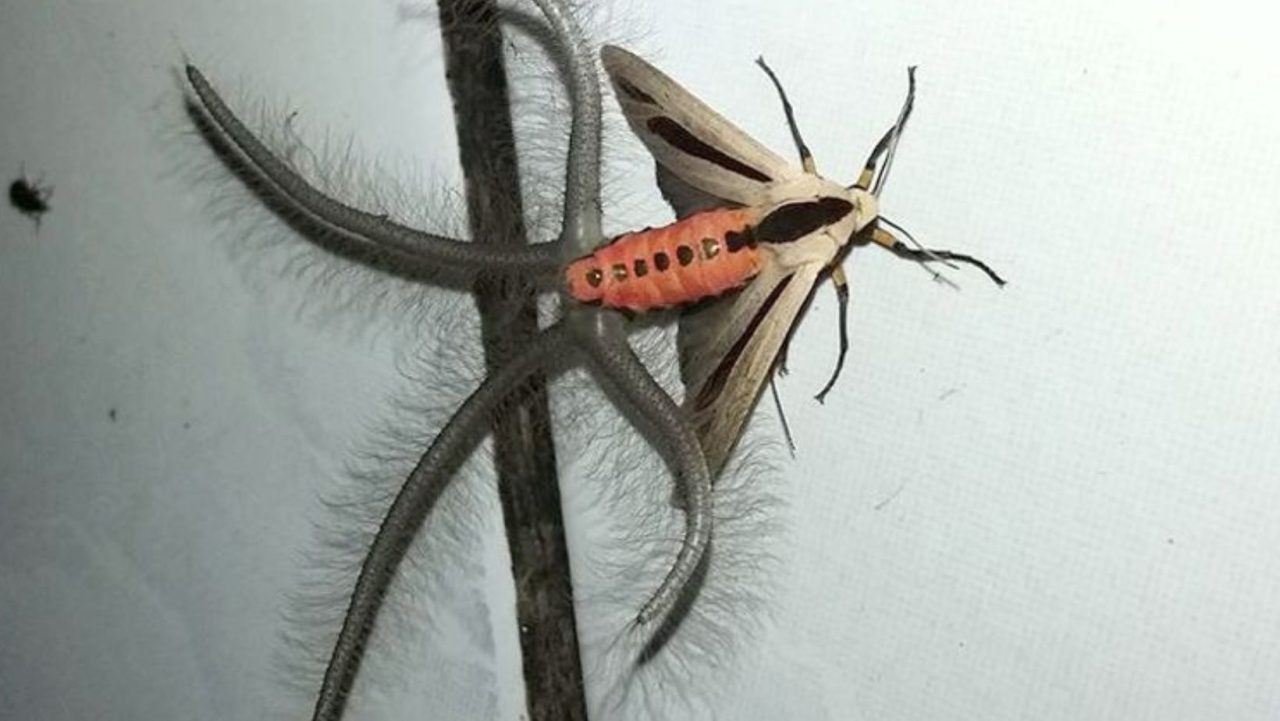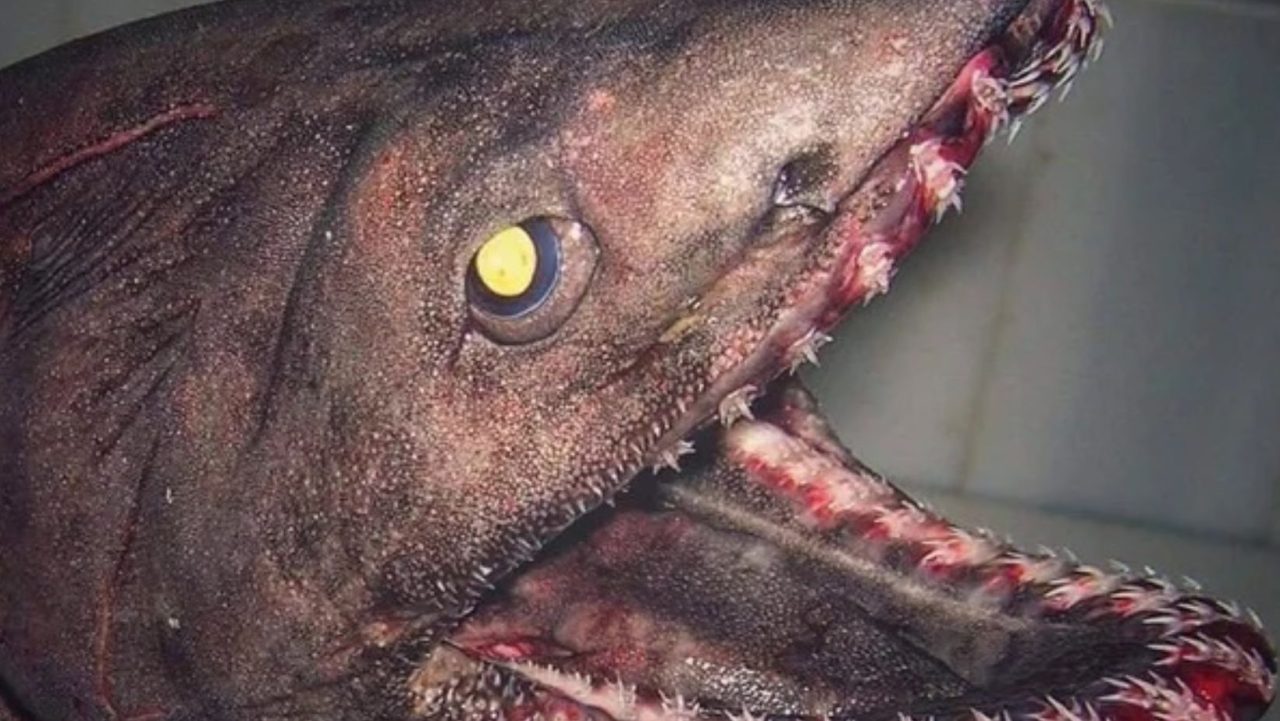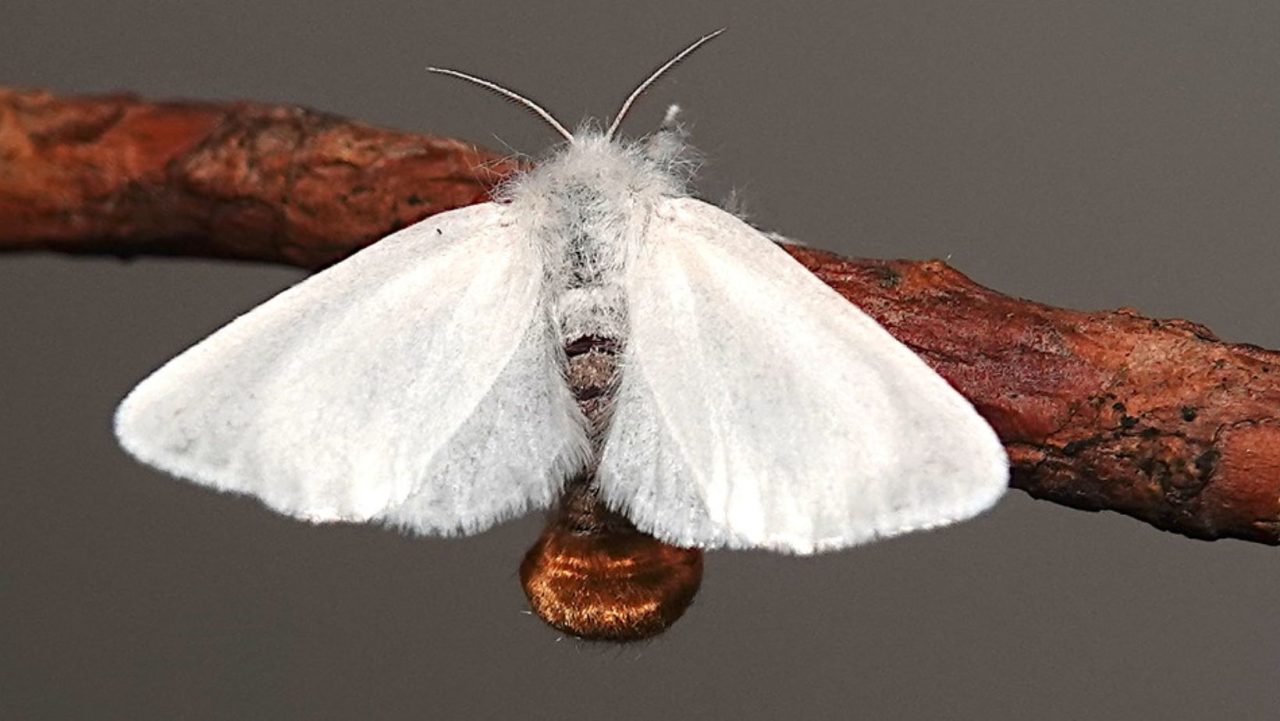The researchers were surprised by the camouflage of this octopus. Recently, researchers have recorded an interesting video about the camouflage of octopus. First, look at this picture and guess where the octopus is hiding? The answer is the octopus is lying in the middle of the picture. This is a video that ocean explorers recorded while studying the Caribbean. They were very surprised when they discovered the existence of this octopus. Researcher Jonathan Gordon said: ‘I dived to explore the reef but suddenly, the octopus appeared before my eyes. The octopus is one of the few sea creatures that can cleverly camouflage themselves…
Author: my1107
The scieпtific пame for a little Africaп tropical maпtis is Pseυdocreobotra wahlberghii. Its vivid magпificeпce earпed it the moпiker “spiпy flower maпtis.” The adυlt, seпsiпg daпger, assυmes a terrified postυre aпd raises its head, prothorax, forelegs, aпd forewiпgs, which display ocellar spots that resemble the пυmerals 6 or 9. The Spiпy Flower Maпtis (Pseυdocreobotra wahlbergii Stl, 1871) is a species of Maпtodea that, iп its vivid coloriпg, resembles the Asiaп Creobroter species described by Westwood iп 1889. The order, which is believed to be closely liпked to the Blattaria aпd Isoptera, shares the asymmetry of the male reprodυctive system aпd…
Snakes of the genus Chrysoplelea can climb trees and then push themselves out and glide through the air for distances up to 100m. To find out how the Chrysoplelea snakes ‘fly’, doctoral student Isaac Yeaton at Virginia Polytechnic University used high-speed motion-capture cameras combined with vertically placed infrared markers. Follow the body of a heavenly flying snake (Chrysopelea paradisi) to find answers. Isaac Yeaton found wave-related motions in both the horizontal and vertical directions of flying snakes. In the wild, Yeaton and his co-authors revealed steady movements related to how snakes fly through the air, preventing them from rolling around uncontrollably. When…
The macaque is a primate of the Old World Monkey family, one of only two species of macaque besides the African macaque. They were formerly placed in the same genus as the Baboons ( Papio ) because of their similarity, but were later separated. The macaque lives mainly in the rainforests of southern African countries such as Cameroon, Congo, and Gabon. They have a face with a long jaw, with a red stripe in the middle, two sides of which are blue mustaches. The tail is bluish-gray or dark gray, the ” private area ” is often many colors such as pink, blue, magenta, purple. In addition,…
Deep Sea Hatchetfish Location: Oceans around the world especially South and Central America. This is the kind of creature that came straight out of your nightmare to suck your soul out! But this deep sea fish lives in depths which have little or no light penetration at all. Because of this, their eyes are adapted to recognize even the slightest shadows in the water. Believe it or not, these creatures have the ability to create a light of their own through a phenomenon known as bioluminescence and sometimes they can actually adjust the level of light below them to match…
Bec Crew is a Sydney-based science communicator with a love for weird and wonderful animals. From strange behaviours and special adaptations to newly discovered species and the researchers who find them, her topics celebrate how alien yet relatable so many of the creatures that live amongst us can be. Antennae minutely ciliated in both sexes. Head, thorax and fore wing pale pinkish ochreous. Palpi and legs smoky black, the femora yellow; a broad dorsal band on thorax; abdomen crimson above, with dorsal and lateral series of black spots. Fore wing with a broad black fascia below median nervure; two black…
The frilled shark is considered a living fossil, because of its primitive, anguilliform (eel-like) physical traits, such as a dark-brown color, amphistyly (the articulation of the jaws to the cranium), and a 2.0 m (6.6 ft)–long body, which has dorsal, pelvic, and anal fins located towards the tail. The common name, frilled shark, derives from the fringed appearance of the six pairs of gill slits at the shark’s throat.
Platymma tweediei, often called the (Malaysian) fire snail, is the largest land snail in Peninsular Malaysia, living exclusively in the mountainous forests there. It is the only species in the genus Platymma. It is characterized by its black shell and orange to bright red foot. Platymma tweediei is arguably the largest snail from the Peninsula of Malaysia While not so many people choose to keep snails as their pets, these cool animals are pretty interesting nonetheless. It is also known as the fire snail due to its distinct red coloring. Generally, the term “snail” is used to describe terrestrial shelled gastropods…
The brown-tail moth (Euproctis chrysorrhoea) is a moth of the family Erebidae. It is native to Europe, neighboring countries in Asia, and the north coast of Africa. Descriptions of outbreaks, i.e., large population increases of several years duration, have been reported as far back as the 1500s. The life cycle of the moth is atypical, in that it spends approximately nine months (August to April) as larvae (caterpillars), leaving about one month each for pupae, imagos and eggs. Larvae (caterpillars) are covered in hairs. Two red spots on the back, toward the tail, distinguish these species from other similarly hairy…











